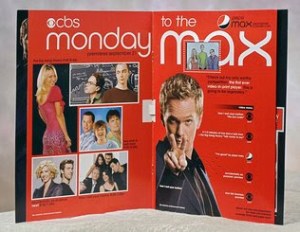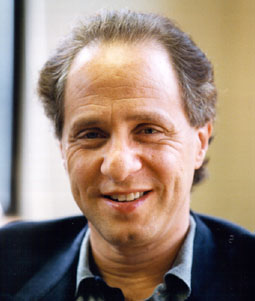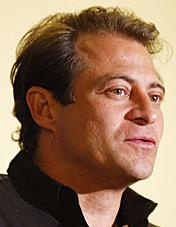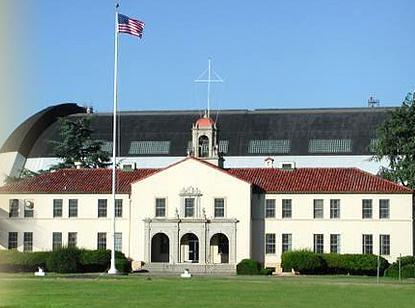I recently attended a conference where the buzz topic was learning analytics (LA) and their use in online learning environments. One of the keynote speakers, Simon Buckingham-Shum, described a possible future where an LA program is used to analyze a student’s input to an online forum using advanced AI techniques. I’m sure I wasn’t the only member of the audience who cringed at the thought of a machine used in this way. The idea that your personal thoughts, attitudes or opinions could be dissected using such a seemingly inhumane approach goes against the grain for a lot of people. But what if that same analytic engine was used in a formative learning setting where the whole idea was to support a student’s learning and provide learning materials appropriate to the level of mastery attained so far?
A recent article in Inside Higher Ed looks at the work done by Salman Khan‘s team of analysts at the Khan Academy, an online learning site that covers a huge range of learning topics from basic maths to advanced calculus, economics, biology, physics and others too many to mention. I’ve been following the development of this site for several years now and watched a couple of the maths videos to understand the teaching methodology used – and, as a side bonus, to refresh my understanding of basic maths principles. Salman’s teaching style is renowned for its relaxed yet clear delivery. He manages to make even advanced, complex topics seem obvious and easy to understand. But as Salman himself says; “I think too much conversation about Khan Academy is about cute little videos …”. For him, the real action is in using data collected from learners who access the Khan Academy to construct LA applications that can ultimately predict their future performance and adjust the learning materials accordingly.
Khan engineers are attempting to promote genuine mastery and to distinguish it from “pattern-matching” exercises, which form the basis of a large proportion of summative assessments used at all levels of learning and teaching. To accomplish this, they are tracking and analysing student interactions when logged in to one of the Academy’s online courses. Using algorithms developed to predict stock market movements, they can predict a student’s likely future performance in solving different problem types. If the prediction is that a student is highly likely to correctly solve problems of a similar type, then the inference is that mastery has been achieved.
In my opinion, the Khan Academy’s approach is a great example of LA used for good – as opposed to evil. By that I mean that using LA as a means of summative assessment of a student’s understanding is currently not achievable in any reasonable sense and may amount to an unfair summary of their true comprehension of a topic.
Related articles
- 7 Things You Should Know About First-Generation Learning Analytics (hollymccracken.wordpress.com)
- Open Learning Analytics: A proposal (elearnspace.org)



 In a recent
In a recent ![Reblog this post [with Zemanta]](https://i0.wp.com/img.zemanta.com/reblog_e.png)


